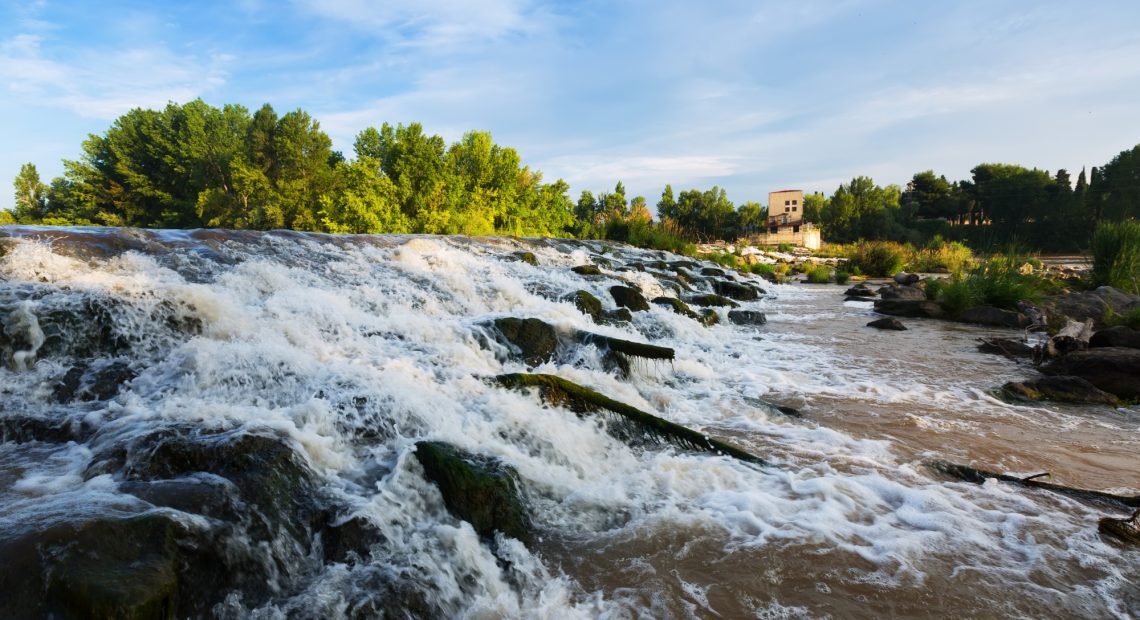
Maharashtra Faces Water Crisis as Dam Levels Plummet
Maharashtra is confronting a severe water crisis as dam storage levels have declined sharply, raising concerns about water availability during the peak summer months.
As of mid-April 2025, the state’s 2,997 dams collectively hold only 41.3% of their total live storage capacity. This marks a significant decrease from the previous month’s levels, indicating an 18% drop in water storage. The Pune region is the most affected, with reservoirs at a mere 36.31% capacity, while the Amravati region fares slightly better at 50.09%. Other regions such as Nagpur, Nashik, and Marathwada report storage levels of 41.49%, 43.9%, and 40.49% respectively.
The Ujani Dam in Solapur is among the worst-hit, holding just 1.97% of its capacity. In contrast, Pune’s Manikdoh Dam is at full capacity, and the Ghod Dam is in better shape with 60.92% storage.
The state government has initiated measures to mitigate the crisis. As of April 7, 223 water tankers are supplying water to 178 villages and 606 hamlets across Maharashtra. Satara district in the Pune division has the highest number of tankers at 40, followed by Jalna in Marathwada with 32, and Thane district with 30.
Authorities are urging residents to conserve water and are considering stricter regulations on non-essential water usage. With the monsoon season expected to commence by mid-July, the current water reserves must suffice for the coming months. The situation is being closely monitored, and further measures will be implemented as necessary to ensure water availability across the state.
Maharashtra Water Crisis
The state faces a significant challenge as dam levels drop, necessitating immediate conservation efforts and strategic water management to prevent severe shortages.
Dam Water Levels
With storage levels at 41.3%, Maharashtra’s dams are under strain, highlighting the urgency for efficient water usage and replenishment strategies.
Pune Water Shortage
Pune region’s reservoirs are critically low at 36.31%, prompting increased reliance on water tankers and emphasizing the need for community-wide conservation initiatives.


















